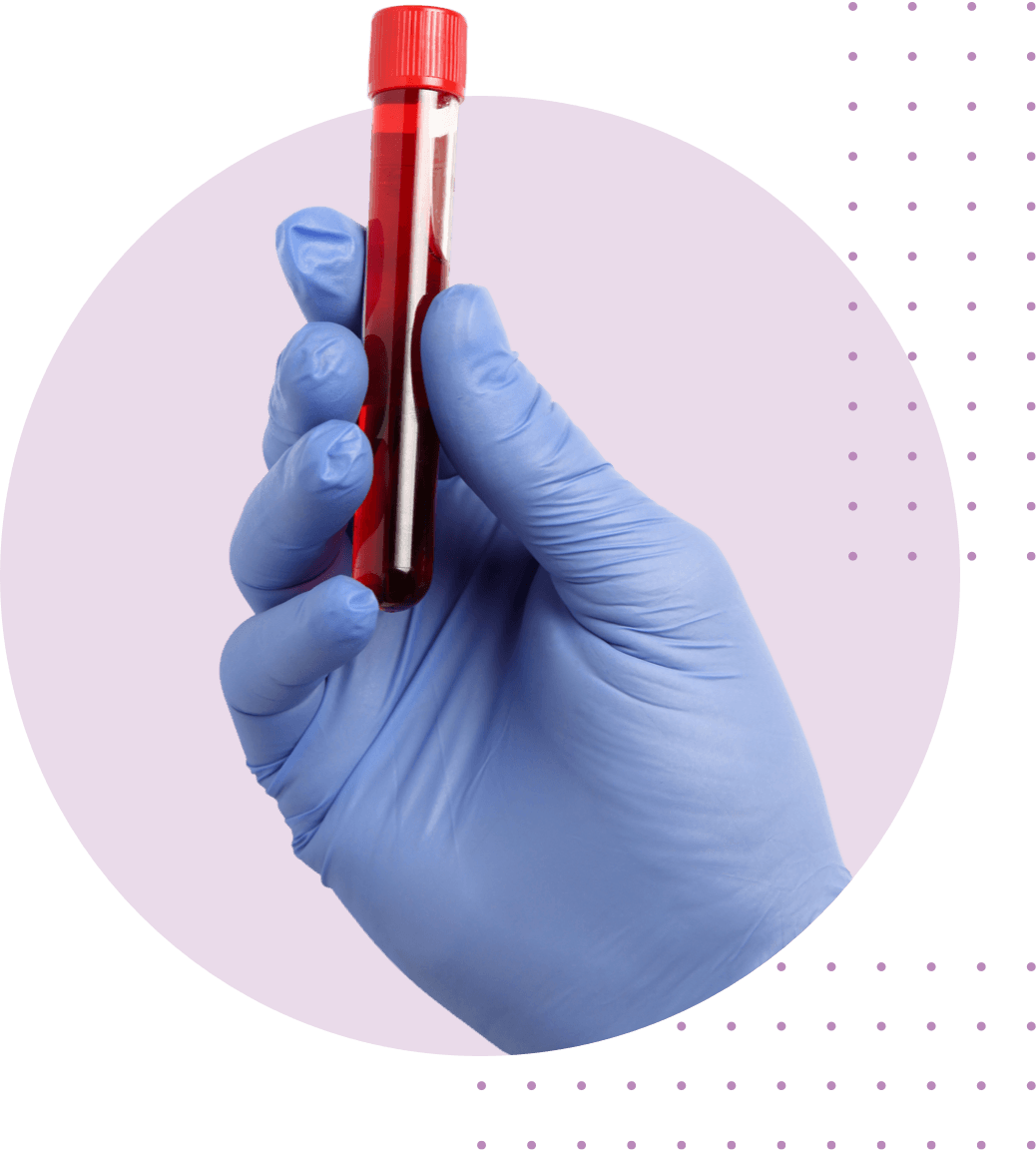What is the PreTRM® Test?
This leading-edge predictive test identifies more pregnancies at higher risk for spontaneous preterm birth than traditional methods alone. The PreTRM® Test is a broadly clinically validated commercially available blood test that provides an early individual risk assessment for spontaneous preterm birth in asymptomatic, singleton pregnancies.

Hiding in Plain Sight
When a pregnancy is known to be at high risk of an early delivery, there are steps doctors and mothers can take to improve a baby’s chance of a healthy start.
Until recently, clinicians have had limited resources for predicting the risk of spontaneous preterm birth. Traditional indicators of increased risk — such as short cervical length and a positive history for previous spontaneous preterm birth — fail to detect 80% of spontaneous preterm births.

Answers Provided by Proteomics
Given the limitations of current risk factors to predict the risk of premature birth, scientists at Sera set out to discover a biomarker prediction that would provide an early individual risk of assessment for spontaneous preterm birth. Researchers discovered that two proteins combined with biometric variables provides highly accurate prediction of spontaneous preterm birth in asymptomatic singleton pregnancies.
The PreTRM® Test is Suitable for 88% of Singleton Pregnant Women1, 2
PreTRM® Intended Use:
The PreTRM® Test for risk management predicts the risk of spontaneous preterm birth (before 37 weeks) in asymptomatic women (no signs or symptoms of preterm labor, with intact membranes) with a singleton pregnancy.³ The PreTRM Test is performed via a single blood draw between 18 and 20 6/7 weeks of gestation (126-146 days). It is not intended for use in women who have a multiple pregnancy, have a known or suspected fetal anomaly, or are on any form of progesterone therapy after the first trimester.
- Women ≥18 years old with a singleton pregnancy
- Not on heparin therapy
- No known or suspected fetal anomaly
- Asymptomatic for preterm labor
- No prior history of preterm birth or shortened cervix
- Not on progesterone therapy after the first trimester
Learn More
References
- Petrini JR, et al. Estimated effect of 17 alpha-hydroxyprogesterone caproate on preterm birth in the United States. Obstet Gynecol. 2005;105:267-72.
- Hassan SS, et al. Vaginal progesterone reduces the rate of preterm birth in women with a sonographic short cervix: a multicenter, randomized, double-blind, placebo-controlled trial. Ultrasound Obstet Gynecol. 2011;38:18-31.
- Considerations for use: The PreTRM Test for Risk Management predicts the risk of spontaneous preterm birth (before 37 weeks) in asymptomatic women (no signs or symptoms of preterm labor with intact membranes) ≥18 years old with a singleton pregnancy. The PreTRM Test is performed via a single blood draw between 18wk – 20wk/6d (126 – 146 days) gestation. It is not intended for use in women who have a multiple pregnancy, have a known or suspected fetal anomaly, or are on any form of progesterone therapy after the first trimester. If the PreTRM Test was ordered for a patient outside of intended use for this test, caution should be exercised when interpreting the personalized risk results.
